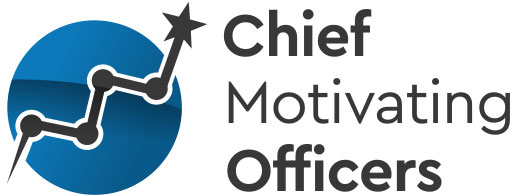The year was 1980! Ronald Reagan was President of the United States after defeating Jimmy Carter. Star Wars Episode V: The Empire Strikes Back hit the theaters. In politics we saw major political influence enter the Olympic games with the boycott by the United States of the Moscow Olympics. 1980 is remembered as the year war broke between Iraq and Iran. And who can forget, 1980 was the year Pac-Man was released in the arcade scene.
In 1980, Frederiksen and Lovett were published in the second volume of the Journal of Organizational Behavior Management. Their article is titled,“Inside Organizational Behavioral Management: Perspective on an Emerging Field.”
In their article, Frederiksen and Lovett (1980) surveyed two OBM interest groups regarding the status of our field. The survey solicited for a definition of OBM, common knowledge base, applications of OBM, and a perspective on the future of the field. Several findings are noteworthy; however, we (the authors of this article) wanted to take it a step further for our current network membership.In an effort to replicate the work of Frederiksen and Lovett (1980), two members of the OBM network (the authors of this article) conducted an online survey regarding the current state of the field. The survey was launched using a Google Form, sent via social media to the OBM Network Facebook group and the LinkedIn group, “Organizational Behavior Management in Action.”
The Questions
Following the fixed choice demographic items of location, industry, job position, and professional specialization, similar to what Frederiksen and Lovett (1980) used, survey respondents completed seven, free response questions. The free response questions were:
1. In your own words, please define Organizational Behavior Management.
2. In your experience/opinion, what is the purpose of OBM?
3. In your experience/opinion, what is the main object of study in OBM?
4. Please list what you consider to be the most important and/or influential works (books, research articles, case studies, theoretical articles, etc.) in the field of OBM.
5. Describe some applications of OBM that you have been personally involved with. Please include where (nonspecific), the objective/goals and general nature of the intervention, and how successful it was (successful, in progress, not successful).
6. How could you further apply OBM in your organization/professional practice?
7. How would you describe the future of the field of OBM?
The Findings
We were pretty excited about the information we discovered conducting this survey. You can read all of the results in original publication of this article via the OBM Network’s Network News, available here.
“Is OBM an idea whose time has come?” (p. 202)
“Is OBM ready for an upgrade?”
“In the face of a world likely to change in ways that are impossible to predict, diversity may be the ultimate key to survival. Behavior analysts can do many things well and, as I have suggested previously, it is probably to our current and future advantage as a discipline to broaden our scope as much as possible, especially by focusing on current problems that are likely to endure.”

